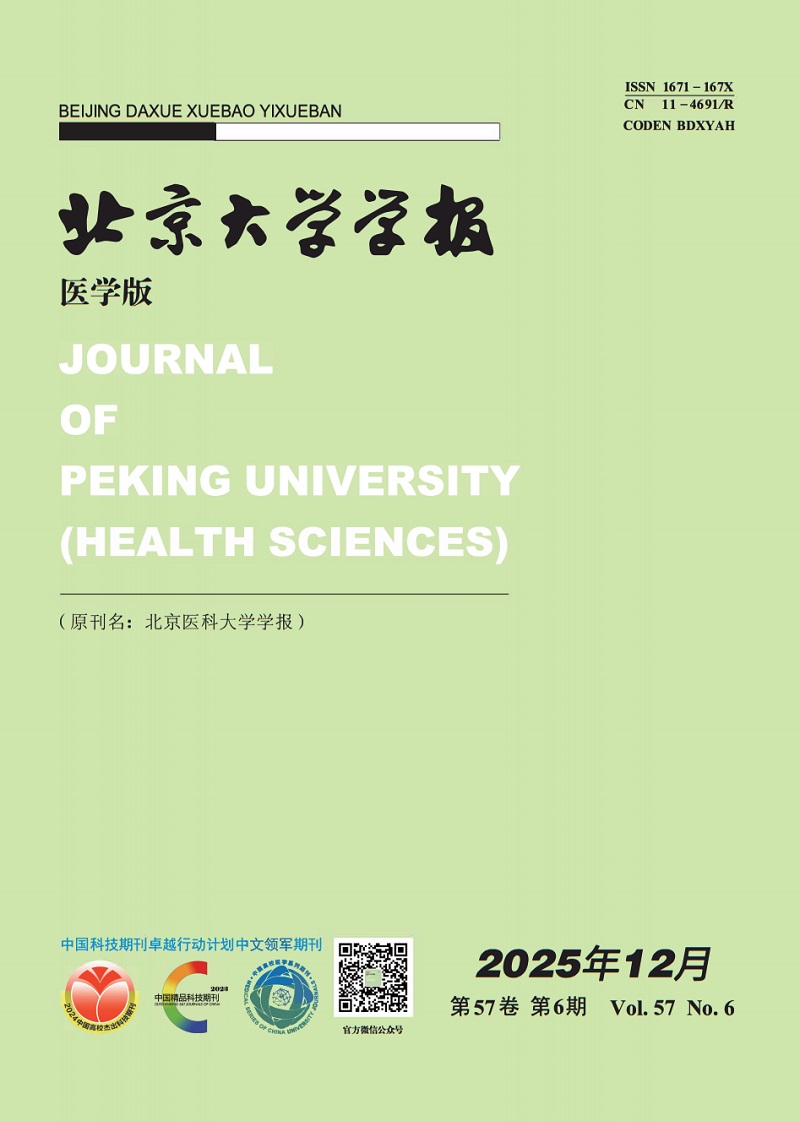Objective: To explore the expression relationship and significance of long chain non-coding RNA nuclear-enriched abundant transcript 1 (LncRNA NEAT1) and miR-27a-3p in serum and cerebrospinal fluid of patients with Alzheimer disease (AD). Methods: Sixty-six AD patients received by the department of neurology of our hospital from October 2019 to September 2021 were gathered, according to the clinical dementia rating scale score, they were grouped into mild group (≤1 point, n=41) and moderate-to-severe group (>1 point, n=25). Another 66 cases of serum and cerebrospinal fluid samples from outpatient physical examination personnel were regarded as the control group. The general information on all subjects was recorded and cognition was assessed; real-time quantitative PCR was performed to measure the expression levels of miR-27a-3p and NEAT1 in serum and cerebrospinal fluid; enzyme-linked immunosorbent assay was performed to measure the protein levels of β-amyloid precursor protein cleaving enzyme 1 (BACE1), β-amyloid (Aβ) 40 and Aβ42 in cerebrospinal fluid; Spearman' s method was performed to analyze the correlation of serum miR-27a-3p and NEAT1 levels with mini-mental state examination (MMSE) and montreal cognitive assessment (MoCA) scores; Pearson method was performed to analyze the correlation between serum miR-27a-3p and NEAT1 levels and Aβ deposition standard uptake value ratio (SUVR) and cerebrospinal fluid miR-27a-3p, NEAT1, BACE1, Aβ42 and Aβ40 levels. Results: The MMSE score [21 (17, 25), 9(7, 11) vs. 27 (21, 34)], MoCA score [17 (12, 21), 10 (7, 13) vs. 27 (21, 31)], serum miR-27a-3p level (0.55±0.13, 0.46±0.06 vs. 0.97±0.22), cerebrospinal fluid miR-27a-3p (0.48±0.10, 0.35±0.10 vs. 1.03±0.31), Aβ42 levels [(303.55±36.77) ng/L, (231.45±34.14) ng/L vs. (499.99±53.63) ng/L] and Aβ42/Aβ40 ratio (0.030±0.008, 0.022±0.007 vs. 0.048±0.010) of AD patients in mild group and moderate-to-severe group were all lower than those in the control group, and the moderate-to-severe group were lower than the mild group (all P < 0.05); the serum NEAT1 level (2.31±0.64, 3.13±0.76 vs. 1.05±0.20), SUVR (1.50±0.29, 1.76±0.52 vs. 0.74±0.15), and cerebrospinal fluid NEAT1 (3.51±1.24, 4.30±1.65 vs. 1.01±0.23) and BACE1 levels [(55.78±5.98) μg/L, (72.32±16.08) μg/L vs. (21.39±3.73) μg/L] were higher than those in the control group, and the moderate-to-severe group were higher than the mild group (all P < 0.05). Serum NEAT1 level in AD patients was positively correlated with SUVR, cerebrospinal fluid NEAT1 and BACE1 (r=0.350, 0.606, 0.341, P < 0.05), and negatively correlated with MMSE score and MoCA score (r=-0.473, -0.482, all P < 0.05); serum miR-27a-3p level was positively correlated with cerebrospinal fluid miR-27a-3p level, MMSE score and MoCA score (r=0.695, 0.424, 0.412, all P < 0.05), and negatively correlated with SUVR and cerebrospinal fluid BACE1 level (r=-0.521, -0.447, all P < 0.05). Conclusion: The expression trends of NEAT1 and miR-27a-3p in the serum and cerebrospinal fluid of AD patients are consistent, the level of NEAT1 is increased, and the level of miR-27a-3p is decreased. The levels of the two are negatively correlated, which is related to the degree of Aβ deposition in the brain of AD patients and is involved in the progression of AD.
 Table of Content
Table of Content



